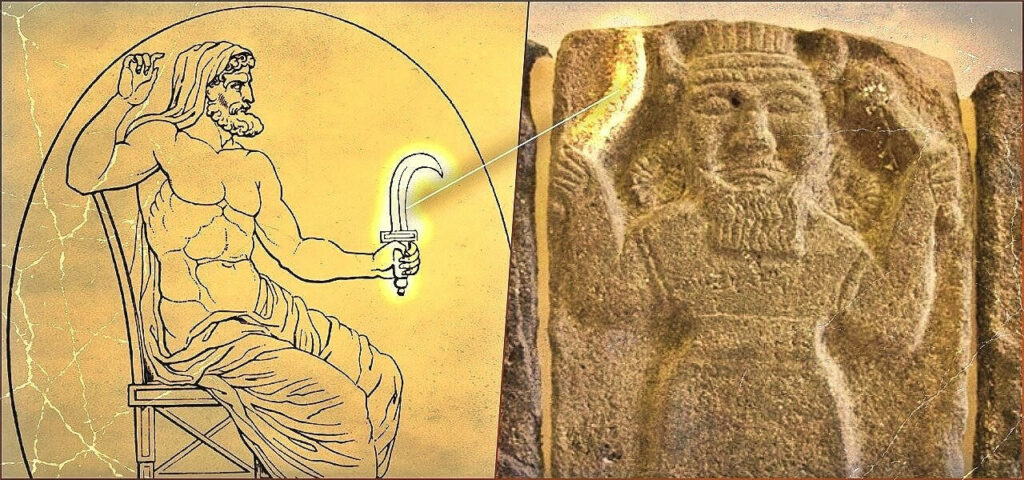In ancient mythology, Kumarbi, the Hurrian-Hittite god, and Cronus, the Greek Titan, stand out due to their significant similarities. Both played crucial roles in the cosmic order of their respective pantheons, with Kumarbi overthrowing the sky god Anu and Cronus usurping his father Uranus. These acts initiated a cycle of divine succession that profoundly influenced the mythological landscape of the ancient world.
To maintain their power, both deities resorted to bizarre actions: Kumarbi swallowed Anu’s genitals, while Cronus consumed his children out of fear of being overthrown. These gruesome acts highlight the extreme measures they took to preserve their thrones.

The birth of new deities also takes on strange forms; Kumarbi gave birth to the storm god Teshub from his skull, paralleling Zeus’s birth of Athena from his head. Both myths feature a motif where a god is tricked into swallowing a rock instead of a deity, leading to the downfall of Kumarbi and Cronus and paving the way for a new generation of gods.

Research by scholars indicates that these similarities are not mere coincidence but reflect a shared mythological heritage among ancient cultures. Some researchers suggest that these elements belonged to a broader Mediterranean cultural context.

Ultimately, the tales of Kumarbi and Cronus captivate us not only for their fantastical elements but also for what they reveal about ancient societies’ understanding of power, succession, and the cyclical nature of rule. These stories provide insight into the minds of our ancestors and remind us of our shared human heritage, where narratives transcend time and borders to touch on universal truths of the human experience.

